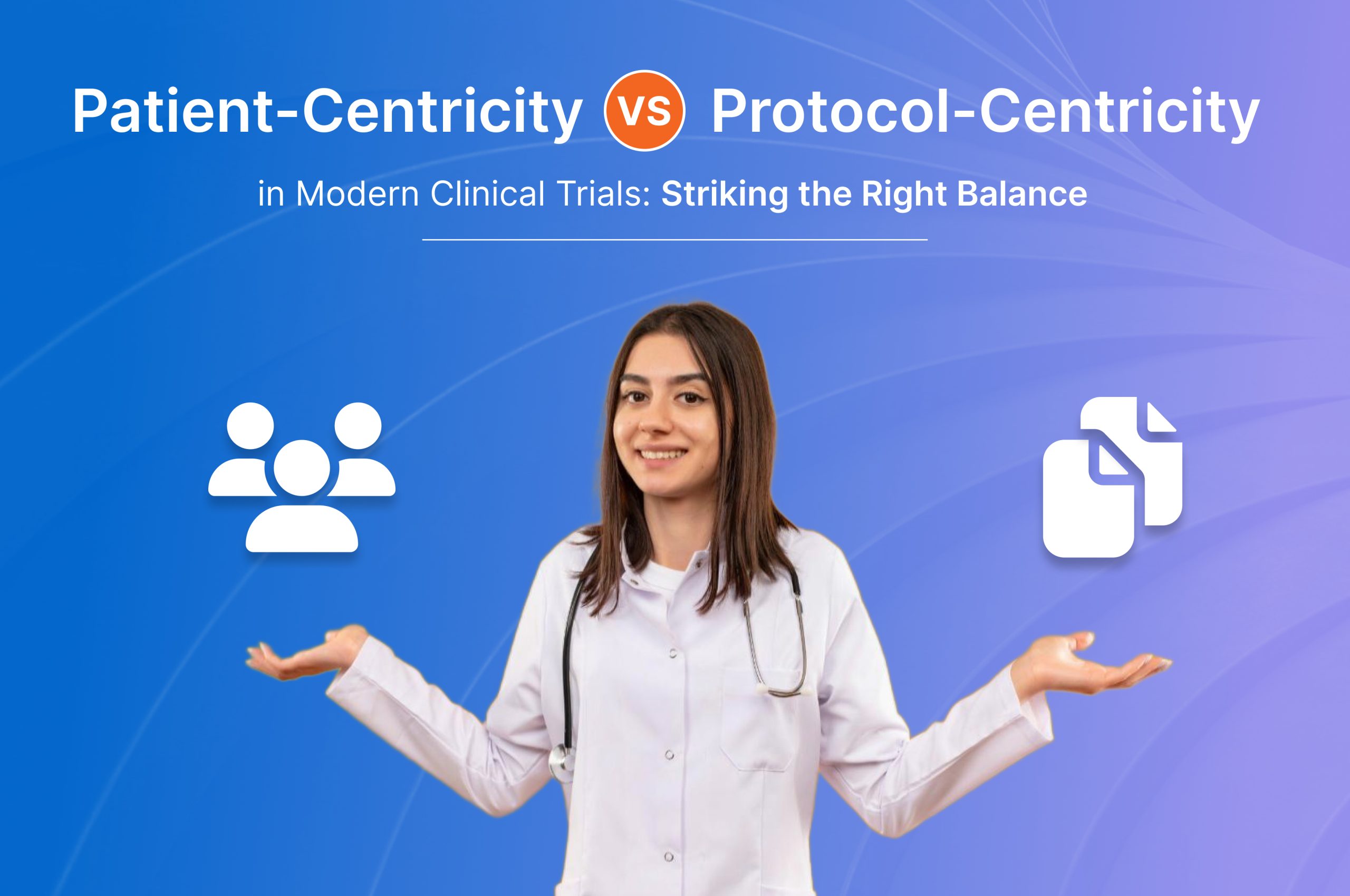Even though it costs over $40 million (roughly 50% of the typical trial budget) to reach phase three of research, as many as five out of ten clinical trials fail. Yet trial complexity is increasing, with the number of procedures per protocol increasing dramatically in recent years.
Regulations on trial data quality supervision continue to tighten, adding to the troubles of pharmaceutical and biotechnology businesses, medical device manufacturers, and contract research organizations (CROs). For example, the FDA's 21 CFR Part 11 rule requires sponsors and contract research organizations (CROs) to implement strict controls over electronic records and electronic signatures (ERES).
These controls, which range from system validation and allowed system access to secure and automated audit trails, are intended to ensure clinical data's accuracy, authenticity, and confidentiality. The recent rejection of numerous submissions during the first-cycle review due to data discrepancies and high-profile fraud instances is a primary cause for the tighter compliance approach.
Obviously, life sciences firms are under increasing pressure from consumers and policymakers to ensure that trial data and published findings are accurate and reputable, as well as to preserve subjects' rights and privacy.
Data drives outcomes
Access to correct information is critical for the sector to successfully address these imperatives. The availability of high-quality data can assist clinical teams in making more informed and proactive decisions, which can shorten the trial lifecycle and reduce associated risks.
In addition to accuracy, data integrity is critical. Following all, data quality difficulties may jeopardize the study's reliability and validity, making decisions about medicine use and marketing-related product evaluation more difficult.
Furthermore, a failure to adequately manage the subject and operational data used during the development of new medical techniques can have a substantial impact on trial design, execution, quality, and management.
Key bottlenecks
All sponsors recognize the significance of instituting robust trial data quality. Many research teams, on the other hand, manually combine critical trial-related data obtained from diverse sources into reports, which become out of date by the time the Clinical Operations decision-maker examines them. Furthermore, these separate systems create information silos that are used by a variety of stakeholders to gather, access, and manage data in a redundant manner.
The second significant difficulty that clinical data managers are facing is the recent surge in the number of unstructured data. Previously, trials relied solely on structured, clinically supplied data that was relatively simple to handle and interpret. Companies, on the other hand, are increasingly exploiting a diverse set of unstructured data from a variety of real-world sources, such as EMRs, genetic and phenotypic profiles, and connected mHealth devices. And, for many firms, sourcing, aggregating, and mining data in an efficient manner has become a difficult issue.
Removing barriers
How can pharmaceutical companies, medical device manufacturers, and contract research organizations (CROs) manage these obstacles and reduce numerous data quality issues caused by fraud, misconduct, deliberate or inadvertent noncompliance, or substantial carelessness?
Identify resources:
To begin, businesses must locate all relevant trial data and identify the many corporate users across multiple departments who are in charge of that data.
They should next construct a list of the various software, hardware, and processes used for data collection, storage, mining, and sharing. All paper-based information-gathering methods based on manual data input, as well as electronic data capture tools, must be included for the inventory of data management processes and tools to be complete.
Finally, businesses should use this information to develop a clinical data management (CDM) team to handle trial data and assist in the gathering, cleansing, and maintenance of subject or patient data.
Devise data management strategy:
Projects to increase data quality must be supported by an overarching organizational data management strategy. A strategy of this type should delegate responsibility for the governance of specific data sets to distinct users, as well as responsibility for granting access to shared data.
By doing so, life sciences companies can fully comply with numerous trial data restrictions imposed by government authorities such as the FDA and the Medicines and Healthcare Products Regulatory Agency (MHRA). In this context, the adoption of necessary technology for rapid and error-free electronic data export might be quite beneficial.
Integrate data silos:
Regrettably, many data management systems located across the business in multiple functions or sites are incompatible with one another, making data interoperability difficult. Companies can address this issue by creating a technology-agnostic platform that supports the existing array of apps and systems, as well as structured and unstructured data.
Such a platform can enable enterprise users to simply construct trial subject registries, clinical data repositories, and so on by supporting hassle-free and on-demand aggregation, integration, and harmonization of data across different platforms.
Conclusion
Clinical trials will only become more complex as the consumerization of health care gathers traction. Life sciences businesses must aggressively remodel fundamental business processes and systems linked to clinical data management in order to cut costs, accelerate time to market, improve outcomes veracity, and comply with onerous laws. The first priority should be to improve trial data accuracy and integrity.
But a clinical trial is incomplete without an efficient eClinical software suite powering it. Experience excellence with Octalsoft’s end-to-end, feature-loaded software solutions ranging from CTMS, to EDC to IWRS and on to ePRO and Portfolio & Project Management tools to name a few. Want to know more about the full extent of software solutions covered by our eClinical suite? Book a Demo with us Today.




